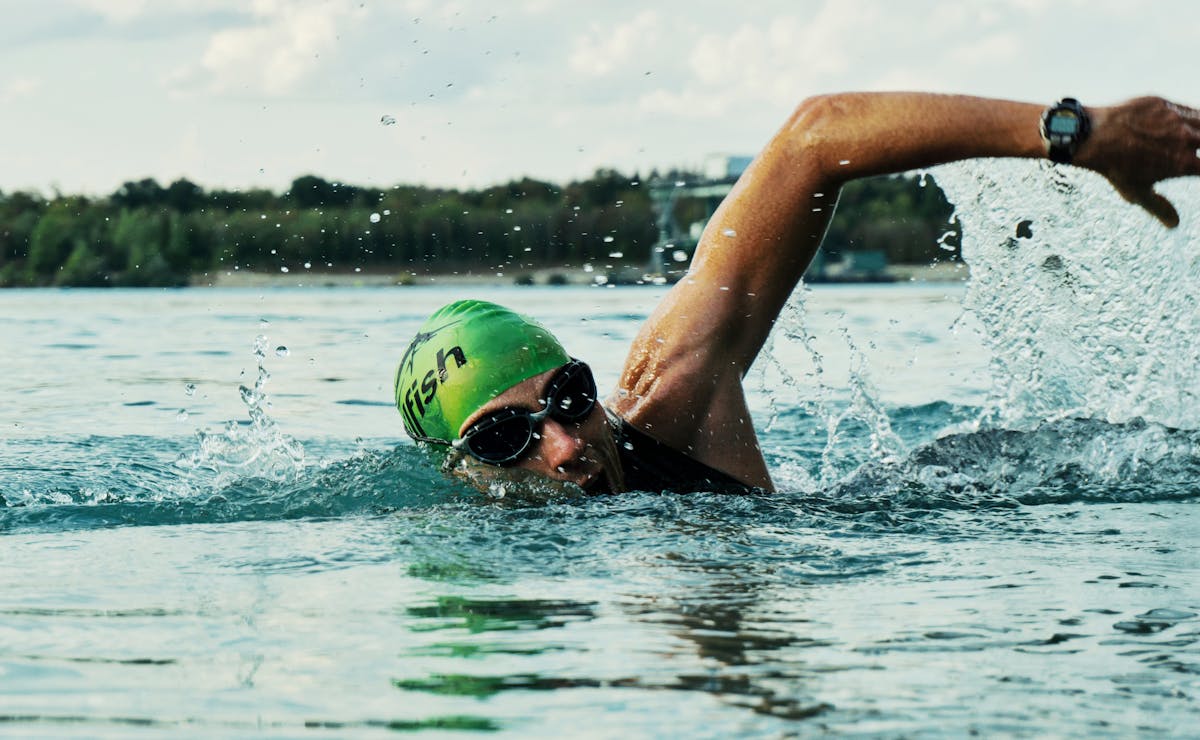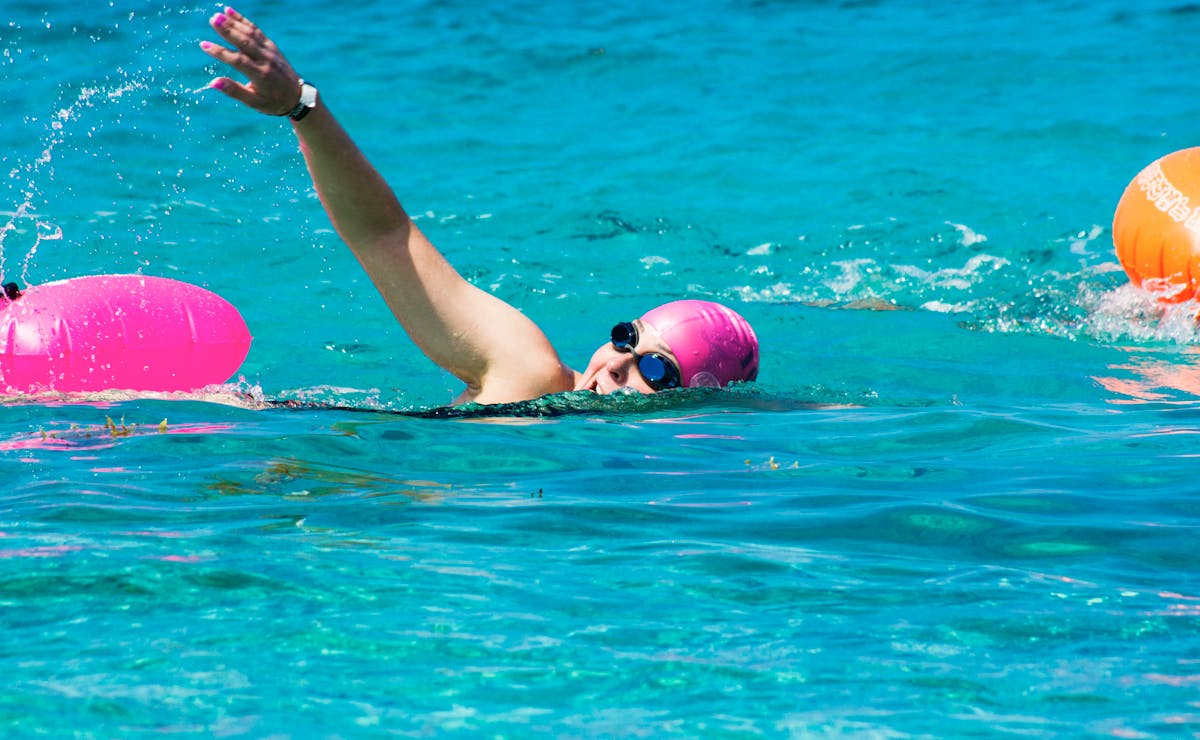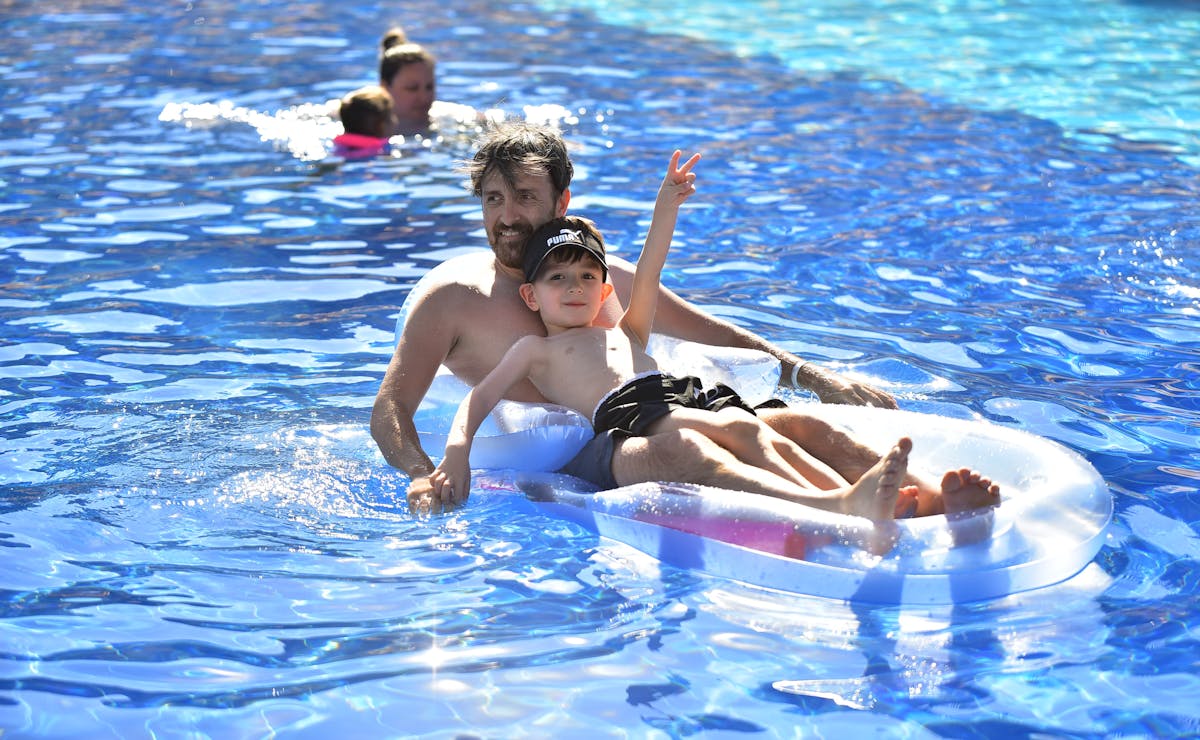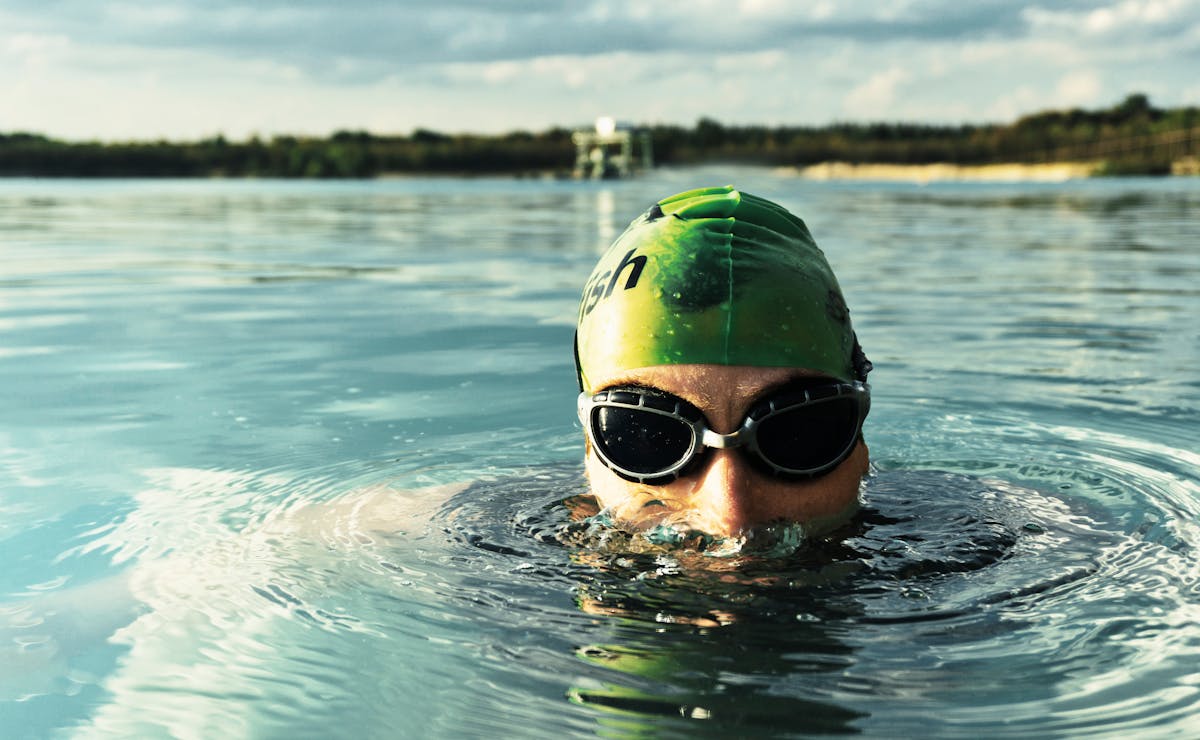Swimming in open water is certainly a pleasure that everyone wants – or should – experience. Contact with the environment, the sense of freedom and the stunning scenery are just a few of the numerous appeals that this kind of swimming can provide.
In contrast to a swimming pool, an environment that is under control, swimming in open water presents a broad spectrum of challenges in terms of temperature, wind, waves and currents that affect effort and, naturally, safety for the competitor.
With this in mind, we have prepared some tips to help you practice more safely.
5 Safety Tips You Should Follow
1. Train in open water
In order to feel comfortable swimming in open water, it is necessary to practice in these conditions.
Even though there are unforeseen events in this type of swimming, it is important that you set up a training program to start practicing and improve, from the pool to the sea, so that all your senses can recognize the state of the ocean.
This is an excellent tip to start overcoming your fear of swimming or anxiety, knowing how to deal with nature and not swimming in despair at any unusual event.
Remember to never swim in open water alone: be accompanied by a coach or a friend and also let your family know where you are going.
2. Use sunscreen
You will be exposed to the sun and, therefore, it is important to be prepared against burns that, in addition to causing discomfort and pain, rob your body of energy.
3. Wear comfortable clothing
There are two kinds of suits that are suitable for open water swimming: swimsuits and neoprene suits.
The swimsuit is convenient to transport, easy to wear and remove, less irritating to the skin and provides more movement.
Neoprene provides a thermal barrier, provides extra buoyancy, resists salt and sun, but takes a bit longer to wear since it’s more tailored to the body of the swimmer than a swimsuit.
In other words, neoprene is a piece that works best when it is tighter, but it cannot be too tight or too loose, to the point of allowing water to enter between the skin and the fabric.
Although the swimsuit provides more practicality, it is the neoprene that will provide greater adaptation to open water and will also increase the benefits of swimming.
It is important that, when choosing, you take comfort into consideration, using a suit that does not hurt, bother or limit your body, feeling firm and safe when swimming.
4. Use plenty of Vaseline
Vaseline will help prevent chafing caused by the suit, so it’s best to apply it to the entire strap, armpits and around the neck.
Two other options are lanolin or animal fat, which create even more intense protection, helping against jellyfish stings and helping to maintain body temperature.
5. Use the appropriate accessories
Swimming goggles are important to keep your eyes dry and protect them from external factors, while a cap keeps your head warm, dry, helps with buoyancy and, if it is bright and colorful, also makes you visible to other people on boats or surfers, avoiding collisions, as well as helping to locate you.
For training, use the same materials suitable for the pool, such as fins, preferably those with a long blade, palms and a central snorkel .
These items will help you improve your performance even if you can’t use them during competition.
Items such as pull buoys , kickboards and other floating items for open water swimming are not necessary, as they can be more of a hindrance than a help.
Open water swimming buoys can and should be used to ensure safety in cases of cramps and also to make you more visible in the water.
Minimum and maximum age for swimming
There is no information available from the International Swimming Federation (FINA) regarding the minimum age required to swim in open water. The minimum age is 14, though.
It is believed that swimming can be practiced by the elderly, as long as they are willing and in good health to practice it safely, especially if there is a Fire Department and Lifeguards available on the chosen beaches.
For competitions, it is always necessary to read the rules and observe the age range accepted at the sporting event .



